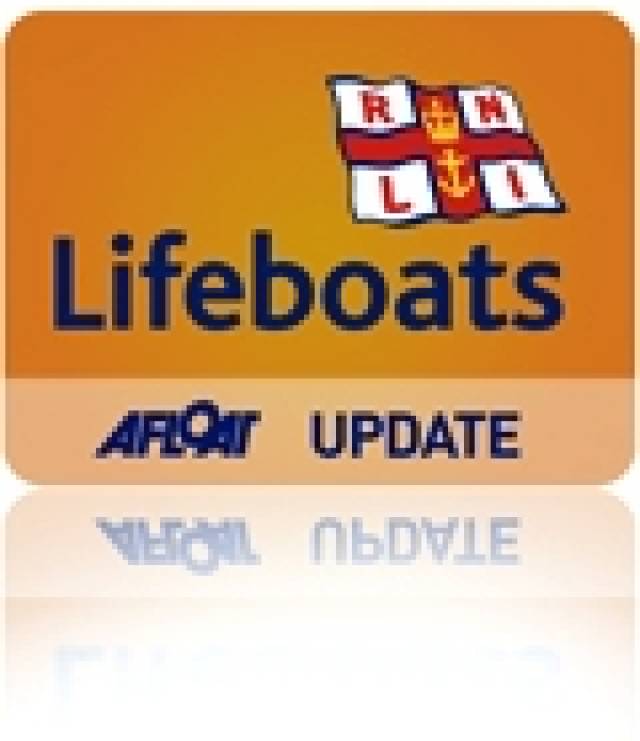#rnli – Rosslare RNLI launched in the early hours of this morning (11 June) when a lone yachtsman issued a Mayday call after his vessel grounded. Unable to give his exact position the lifeboat crew searched the area before they located him on his 27 foot yacht which was grounded between Curracloe and Blackwater in Wexford.
The lifeboat launched at 1.10am under the command of Second Coxswain Keith Miller and proceeded to Maurice Castle, where it was thought the yacht was located. However on arriving at the scene it was discovered the yacht was not there and the lifeboat crew widened their search.
Rosslare RNLI Launching Authority Dave Maloney successfully made contact with the sailor from the watch tower in Rosslare Harbour and asked the man to stay on his VHF radio counting to ten so that the lifeboat crew would pick it up and be able to pinpoint his position. They located him between Curracloe and Blackwater shortly after 3am and discovered that the vessel was hard aground and would not move.
They were close to shore and two volunteer lifeboat crew launched the inflatable Y boat from the lifeboat to recover the man from the vessel but the incoming surf flipped the boat and made it impossible to recover the man. The two lifeboat crew then waded into the water to the yacht and safely recovered the man, who was wearing his lifejacket, from the vessel. They then accompanied him back to shore where they were met by members of Curracloe Coast Guard.
Commenting on the callout, Rosslare RNLI Deputy Launching Authority Dave Maloney said, "This was a very early morning callout for the lifeboat crew and was carried out in complete darkness. When the lone sailor was unable to give his position the priority was to locate him and make sure he was safe. Thankfully when we established contact with him we were able to locate him and safely accompany him back to shore."































































